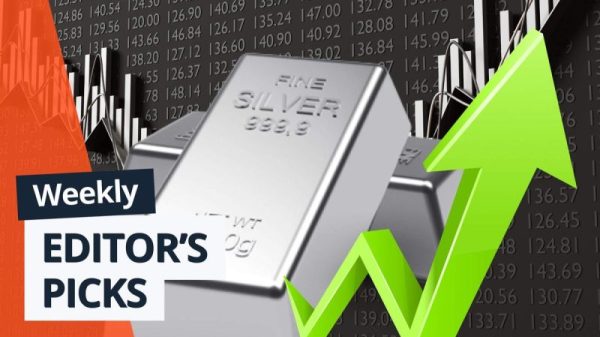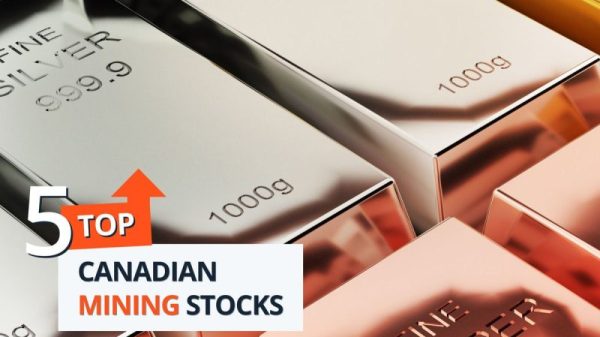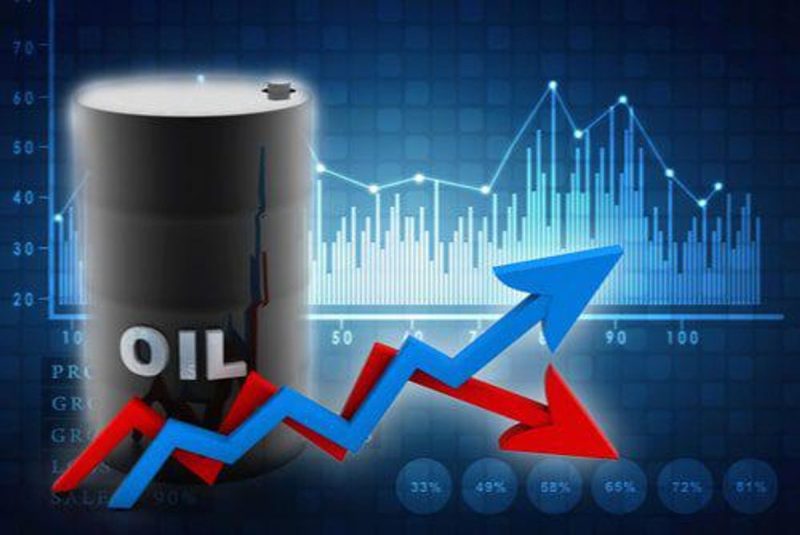Rising oil prices are often tied to dire headlines warning investors about the looming threat of inflation. But is there a causal relationship between the oil price and inflation?
Inflation devalues currencies and results in higher prices for consumer goods and services. In turn, the larger cost of living for consumers can negatively impact discretionary spending and economic growth.
Historically, higher oil prices have statistically correlated with inflation. As prices for oil go up, so do prices for goods that are dependent upon oil. For example, costs may increase for goods made from petroleum-based products such as plastics, or for goods such as fruits and vegetables that have traditionally been transported to market via gasoline- or diesel-powered trucks and trains.
That said, there is evidence that the link between the oil price and inflation began to decouple decades ago. According to Bob Iaccino, co-founder of Path Trading Partners, “History shows the two are correlated, but the relationship has deteriorated since the oil price spike of the 1970s.”
How do oil price moves affect micro and macroeconomics?
Movements in the oil price can have an economic impact at both the micro and macroeconomic scale.
At the macroeconomic level, higher oil prices can make it much more expensive for companies to produce and transport goods or offer services, as discussed above. Rising oil prices can also indirectly raise the costs of production, transportation and heating for businesses, making production more expensive. In turn, producers may choose to pass on those costs to consumers.
However, at the microeconomic level, as many consumers are well aware, rising prices at the pump and in stores can cut into discretionary spending that might otherwise have been spent on new electronics, clothes or a vacation. Higher consumer goods and services prices in the long term can dampen demand for those products, leading to slow economic growth or even recession.
The last three recessions were preceded by oil price spikes. “One of the things that can derail a bull market is a spike in oil prices that can cause a recession,” said Paul Hickey, co-founder of Bespoke Investment Group. “When you have higher oil prices, that’s going to impact a key cost for a lot of different businesses.”
Nicholas Colas, co-founder of DataTrek Research, would agree. “The rule of thumb I learned from auto industry economics in the 1990s is that if oil prices go up 100 (percent) in a one-year period, expect a recession.”
However, many economists would argue that rising oil prices don’t cause a recession — the US Federal Reserve does when it raises interests rates in attempt to dampen demand.
How does rising inflation impact oil producers?
Higher oil prices may be more profitable for oil producers, but as Dmitry Marinchenko, senior director at Fitch Ratings, explained, inflation also brings about higher overhead costs.
“Increased activity in the sector and general inflation could cause some pain for many producers,” he said, speaking about the most recent inflationary environment in 2022. “Many companies have already dramatically decreased costs over the last several years, and now this trend can reverse.”
What is oil’s relationship to the Consumer Price Index?
Traditionally, the most-watched inflation indicator was the Consumer Price Index (CPI), which was known to move in lockstep with oil prices. The US Bureau of Labor Statistics defines the CPI as “a measure of the average change over time in the prices paid by urban consumers for a market basket of consumer goods and services.”
The CPI basket includes products and services in the sectors of food and beverages, apparel, housing, transportation, medical care, recreation, education and communication.
Higher oil prices can boost the cost of consumer goods as producers of these goods factor in their own rising costs for production and transportation. Those costs are often passed on to consumers. Rising oil prices can be a buy signal for gold investors as the precious metal is considered a hedge against inflation and economic turmoil.
This seemingly cause-and-effect relationship between the oil price and inflation was illustrated when in 1973 the Saudi-led Organization of the Petroleum Exporting Countries launched an oil embargo against the US due to American support of the Israeli military. The Iranian Revolution of 1979 also sent oil prices up.
Spiking oil prices caused the CPI to more than double by the end of 1980. In comparison, notes Investopedia, “it had previously taken 24 years (1947-1971) for the CPI to double. The result was a period of stagflation — low economic growth, high unemployment and high inflation.”
The relationship between oil prices and the CPI has eroded in the years since then. When the price of oil climbed from US$14 to US$30 per barrel within six months in 1991 during the first Gulf War, the CPI barely budged. Additionally, the monumental oil price rally that drove crude prices up from just US$16 to US$50 between 1999 and 2005 had a marginal impact on the CPI. More importantly, these more recent oil prices spikes had little impact on economic growth, unemployment rates or inflation levels.
What’s behind this decoupling? Some have suggested improvements in energy efficiency have lowered energy consumption per dollar across many industries. Others have argued that since the 1990s, monetary policymakers have changed the methods by which they control inflation, in effect softening the impact of higher oil prices.
Economists, including those at the St. Louis Federal Reserve, have pointed to the fact that the US CPI basket has increasingly become more heavily weighted with services rather than goods tied to oil.
What is oil’s relationship to the Producer Price Index?
However, the relationship between the oil price and inflation isn’t entirely dead. Rather than the CPI, the St. Louis Fed has said that today the oil price has a much stronger relationship with the Producer Price Index (PPI). The PPI is a measurement of the average change over time in the selling prices producers receive for their output.
According to Investopedia, between 1970 and 2017, the PPI and the oil price had a positive correlation of 0.71 (compared to a correlation of 0.27 between CPI and the oil price). “This seems to show that crude oil, as an inflation hedge, is not especially useful,” Path Trading Partners’ Iaccino concluded in his discussion of the oil price and inflation. “But as an input to the idea of potential future inflation, crude oil price has some value.”
Do oil prices fall when interest rates go up?
Over the past 40 years, the Fed’s response to rising inflation has been to raise interest rates. But do higher interest rates depress oil prices? Iaccino pointed out that in the last six rate hike cycles, the price of WTI crude contracts has risen by an average of 16.06 percent six months after the rate hike.
“So, does crude oil rise because of rate hikes, or is this just a coincidence born of circumstances with no causal relationship at all?” he asked. “The simple answer is … both.”
While oil may be a driver of inflation, rate changes to combat inflation don’t seem to have an impact on oil prices in the short to medium term. “There are many other factors affecting the price of crude oil, including geopolitics and sudden increases in supply or demand. It could just be that an integral part of inflation is the price of energy which, of course, includes crude oil,” explains the commodities market expert.
“Typically, rising crude oil prices are either a significant component in the cause of broader inflation, or the rise in oil price is a function of a strong economy and greater demand.”
Following the Fed’s interest rate hikes in May 2023, oil prices fell 4 percent on concerns higher costs may translate to lower economic activity and demand for oil. However, oil prices went on to climb from US$65.48 per barrel on May 3 to US$83.60 per barrel July 31, in spite of another interest rate hike in late in the month. Supply pressures brought about by lower US inventories and production cuts from OPEC seemed to have had a bigger impact on oil prices than the Fed’s interest rate hikes.
Securities Disclosure: I, Melissa Pistilli, hold no direct investment interest in any company mentioned in this article.





























